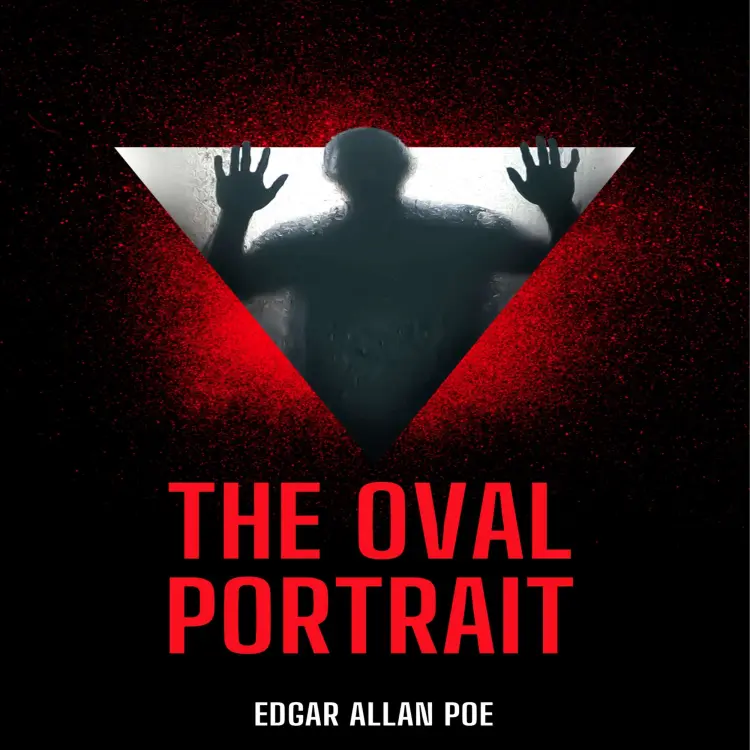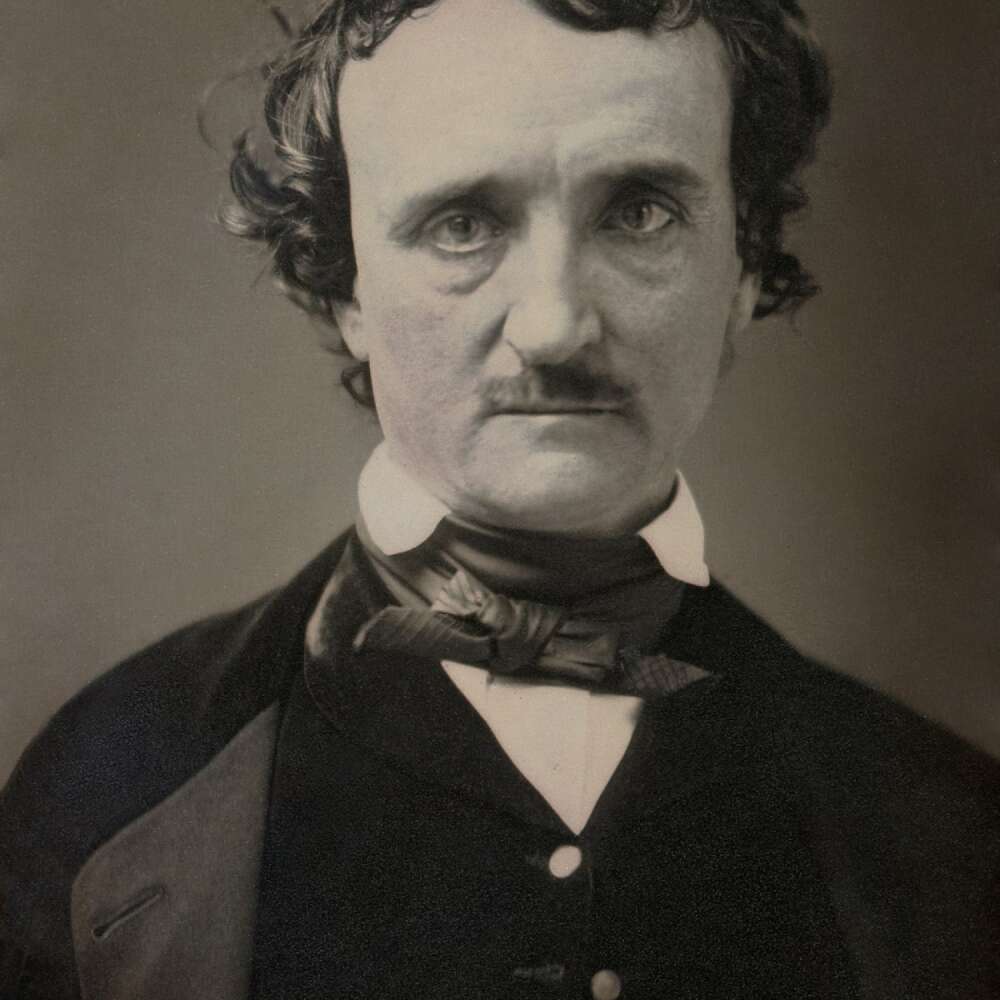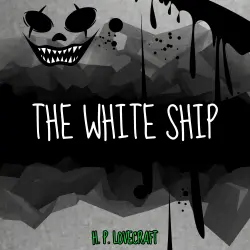
The Oval Portrait
Edgar Allan Poe
Unabridged
9 minuten
Opmerking: Er kunnen kosten verbonden zijn aan het afspelen van de audioboeken of hoorspelen op de respectievelijke platforms, bijv. Spotify. Lismio heeft geen invloed op welke luisterboeken en hoorspelen beschikbaar zijn op de service.
Sommige artikelen bevatten affiliate links (gemarkeerd met een sterretje *). Als je op deze links klikt en producten koopt, ontvangen we een kleine commissie zonder extra kosten voor jou. Uw steun helpt ons deze site draaiende te houden en nuttige inhoud te blijven maken. Hartelijk dank voor uw steun!
Van de uitgever
The Oval Portrait by Edgar Allan Poe is a horror short story by American writer Edgar Allan Poe, involving the disturbing circumstances of a portrait in a château. It is one of his shortest stories, filling only two pages in its initial publication in 1842.
Plot summary:
The tale begins with an injured narrator (the story offers no further explanation of his impairment) seeking refuge in an abandoned mansion in the Apennines. The narrator spends his time admiring the paintings that decorate the strangely shaped room and perusing a volume, found upon a pillow, that describes them.
Upon moving the candle closer to the book, the narrator immediately discovers a before-unnoticed painting depicting the head and shoulders of a young girl. The picture inexplicably enthralls the narrator "for an hour perhaps". After steady reflection, he realizes that the painting's "absolute life-likeliness" of expression is the captivating feature. The narrator eagerly consults the book for an explanation of the picture. The remainder of the story henceforth is a quote from this book - a story within a story.
The book describes a tragic story involving a young maiden of "the rarest beauty". She loved and wedded an eccentric painter who cared more about his work than anything else in the world, including his wife. The painter eventually asked his wife to sit for him, and she obediently consented, sitting "meekly for many weeks" in his turret chamber.
The painter worked so diligently at his task that he did not recognize his wife's fading health, as she, being a loving wife, continually "smiled on and still on, uncomplainingly". As the painter neared the end of his work, he let no one enter the turret chamber and rarely took his eyes off the canvas, even to watch his wife. After many weeks had passed, he finally finished his work. As he looked at the completed image, however, he felt appalled, as he exclaimed, "This is indeed Life itself!" Thereafter, he turned suddenly to regard his bride and discovered that she had died.
Plot summary:
The tale begins with an injured narrator (the story offers no further explanation of his impairment) seeking refuge in an abandoned mansion in the Apennines. The narrator spends his time admiring the paintings that decorate the strangely shaped room and perusing a volume, found upon a pillow, that describes them.
Upon moving the candle closer to the book, the narrator immediately discovers a before-unnoticed painting depicting the head and shoulders of a young girl. The picture inexplicably enthralls the narrator "for an hour perhaps". After steady reflection, he realizes that the painting's "absolute life-likeliness" of expression is the captivating feature. The narrator eagerly consults the book for an explanation of the picture. The remainder of the story henceforth is a quote from this book - a story within a story.
The book describes a tragic story involving a young maiden of "the rarest beauty". She loved and wedded an eccentric painter who cared more about his work than anything else in the world, including his wife. The painter eventually asked his wife to sit for him, and she obediently consented, sitting "meekly for many weeks" in his turret chamber.
The painter worked so diligently at his task that he did not recognize his wife's fading health, as she, being a loving wife, continually "smiled on and still on, uncomplainingly". As the painter neared the end of his work, he let no one enter the turret chamber and rarely took his eyes off the canvas, even to watch his wife. After many weeks had passed, he finally finished his work. As he looked at the completed image, however, he felt appalled, as he exclaimed, "This is indeed Life itself!" Thereafter, he turned suddenly to regard his bride and discovered that she had died.








